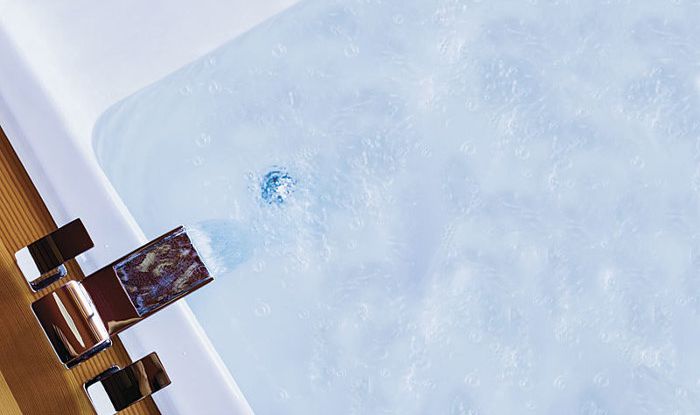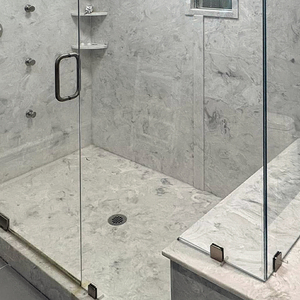Making Hot-Water Recirculation Pay
With new pump technology, hot-water recirculation is about to get more efficient.

Synopsis: For some time, mechanical recirculation systems have been the go-to solution for homeowners tired of waiting for hot water from their showerheads and faucets. These systems eliminate the wait for hot water as well as the waste represented by thousands of gallons of potable water being allowed to run down the drain. But recirculation systems also incur electrical costs from powering the pumps used to circulate the water. Enter ECM (electronically commutated motor) circulators, which promise extreme efficiency along with prompt delivery of hot water. Developed in Europe and already adopted in the United States for hot-water heating applications, these high-efficiency pumps are now poised to make domestic hot-water recirculation truly economical. Master plumber Dave Yates, a big advocate for these systems, explains in this article why these new motors make such a difference. Photo: Edward Caldwell
I love potable hot-water recirculation systems, and not just because I sell and install them. By far, the most common reason why customers ask for my company to install recirculation pumps on their domestic hot-water systems is the long wait they have to endure before even a trickle of warm water arrives at their shower or sink. Recirculation eliminates this irritating wait and can save between 8000 and 20,000 gal. of clean drinking and bathing water per household per year. It also avoids sending your money down the drain by lessening water and sewage charges incurred if you are billed based on the gallons used in your home or business. This waste occurs despite mandated limits on showerhead flow — 2 gal. per minute (gpm) for WaterSense heads; 2.5 gpm generally — that save on water once you’re in the shower. The lower the flow, in fact, the longer the wait for hot water.
The traditional way to eliminate both the wait and the waste has been a mechanical recirculation system, but the pumps these systems rely on — even the more sophisticated pumps that limit recirculation to a few hours a day — incur electrical costs and contribute to heat loss through pipes. In the past year, however, a real drop in the cost of recirculation has become possible with the introduction of pumps powered by electronically commutated motors (ECMs) that reduce electrical-power consumption dramatically.
A recirculation primer
In both new construction and retrofits, the installation of hot-water recirculation systems is relatively simple. These systems may include a dedicated return line, or they may be cross-connected so that water that has cooled while sitting in the hot-water pipes bypasses the faucet and returns to the heater through the existing cold-water line. With a dedicated return line, water is typically circulated by a pump that either runs constantly, or is controlled by a timer or an aquastat. A cross-connected system has a hybrid T with an internal thermal valve that allows water from the hot-water pipes that has cooled to bypass fixtures and return to the heater when recirculation is activated.
There is a catch, however: The average induction-motor recirculation pump uses 87w, and that electrical draw can add up. A few of the constant or timed versions typically used in these systems are available in low-wattage and low-flow versions — as low as 33w/0.2 gpm in residential applications. How much these low-wattage versions save depends on the run time and cost of electricity. ECM pumps, however, can run on as little as 5w. They can be positioned in the system in the same way as traditional induction-motor pumps and are no more difficult to install.
For more photos, illustrations, and details, click the View PDF button below:

























